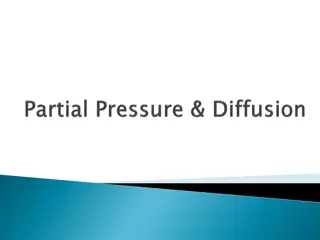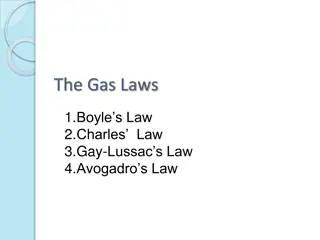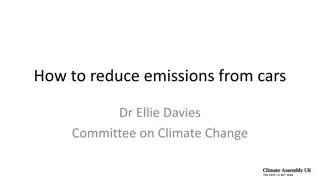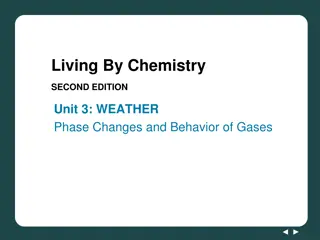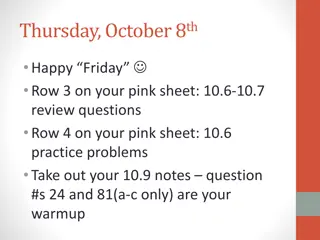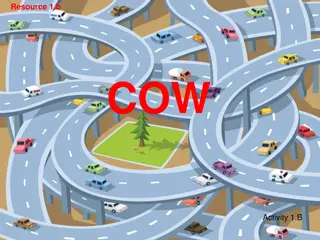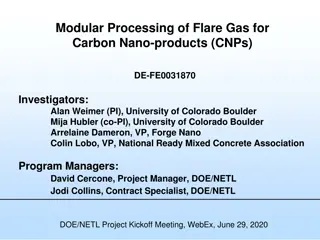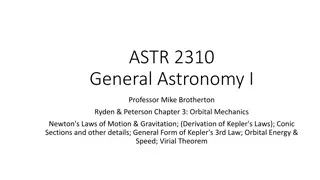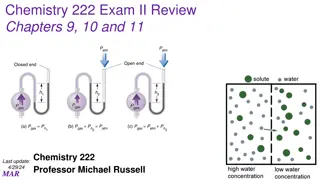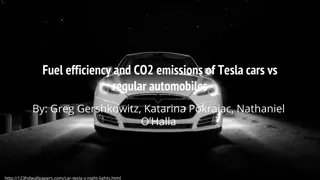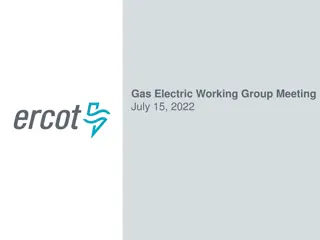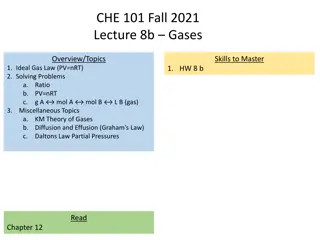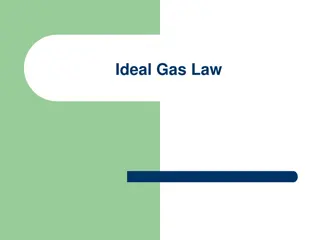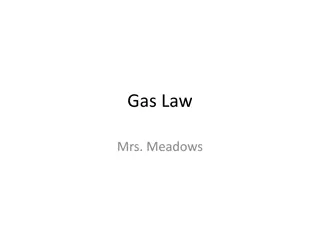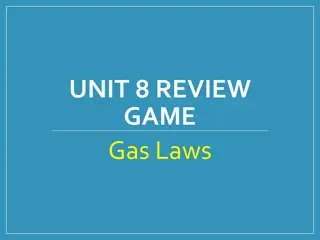Gas Laws in Cars: Understanding and Application
Gas laws play a crucial role in the functioning of cars, based on principles like Boyle's Law, Charles's Law, and Gay-Lussac's Law. By applying these laws correctly, one can predict changes in pressure, volume, and temperature within a car's system, optimizing performance and efficiency.
Download Presentation

Please find below an Image/Link to download the presentation.
The content on the website is provided AS IS for your information and personal use only. It may not be sold, licensed, or shared on other websites without obtaining consent from the author.If you encounter any issues during the download, it is possible that the publisher has removed the file from their server.
You are allowed to download the files provided on this website for personal or commercial use, subject to the condition that they are used lawfully. All files are the property of their respective owners.
The content on the website is provided AS IS for your information and personal use only. It may not be sold, licensed, or shared on other websites without obtaining consent from the author.
E N D
Presentation Transcript
THE USE OF GAS LAWS IN CARS By Kevin Doty
WHAT IS THIS? Gas Laws are laws found in the Kinetic Molecular Theory that all gases follow in Thermochemistry and are made up of 6 different Gas laws: Boyle s Law Change in Pressure/Volume Charles s Law Change in Volume/Temperature Gay-Lussac s Law Change in Pressure/Temperature Dalton s Law of Partial Pressures Combined Gas Law Change in Pressure/Volume/Temperature Ideal Gas Law PV=nRT Avogadro s Principle equal volumes of all gases, at the same temperature and pressure, have the same number of moles
SOME STANDARDS BACKGROUND Standards: CHEM.B.2.2.1: Utilize mathematical relationships to predict changes in the number of particles, the temperature, the pressure, and the volume in a gaseous system (i.e. the 6 gas laws) CHEM.B2.2.2: Predict the amounts of reactants and products involved in a chemical reaction using molar volume of a gas at STP
FOR OUR USAGE, WE ARE GOING TO ONLY FOCUS ON A FEW OF THEM RIGHT NOW AS IT PERTAINS TO CARS I should mention that these laws are experimental laws, and thus certain variables must also be held at constant to really understand relationships between the existing variables involved.
BACKGROUND INTO THE LAWS Boyle s Law: Difference between pressure and volume (for this explanation, we will assume that the combustion chamber is filled with air/gas) Pressure Increases = Volume Decreases
CHARLESS LAW This law uses the relationship between volume and temperature (given that the pressure will be held constant) Temperature Increases = Volume Increases Focuses on the power strokes of spark ignition (petrol) and compression ignition (diesel)
GAY-LUSSACS LAW Relationship between Pressure and Temperature Temperature Increases = Pressure Increases Where does this Law apply? TIRES!! Flexing of the tire as you drive inevitably raises the temperature of the air in the tire = pressure of the gas increases.
THE UNIT THAT I CREATED INCLUDES: 6 Lesson Plans that each talk about a different Gas Law What the students will KNOW by the end of this unit What the students will be able to DO by the end of this unit 2 Benchmark assignments 1 Performance Task with a rubric 1 Unit Test incorporating everything that they now know
PERFORMANCE TASK Research and choose a car from the AACA website that was made after 1898. Find and determine different parts of the car that incorporate the ideal gas laws. How do those parts use the laws? What laws do they use? Include what type of systems they are. Create a PowerPoint, poster, Prezi, or another accepted form of assessment to hand in



